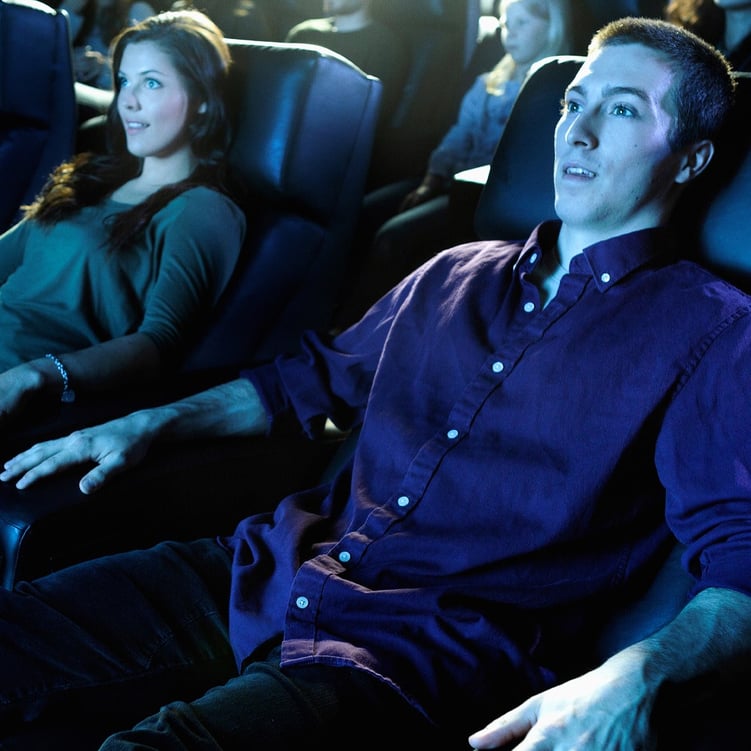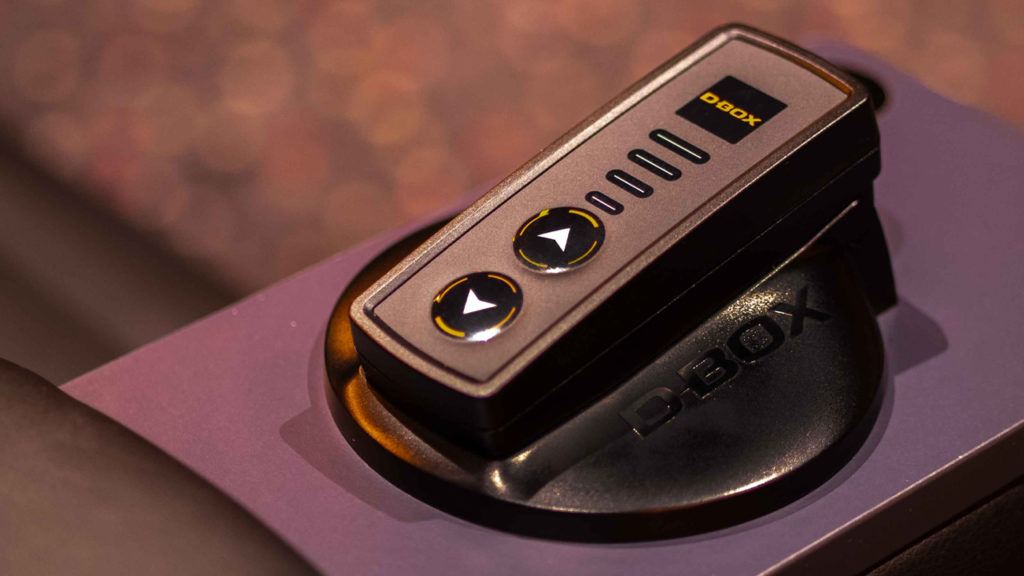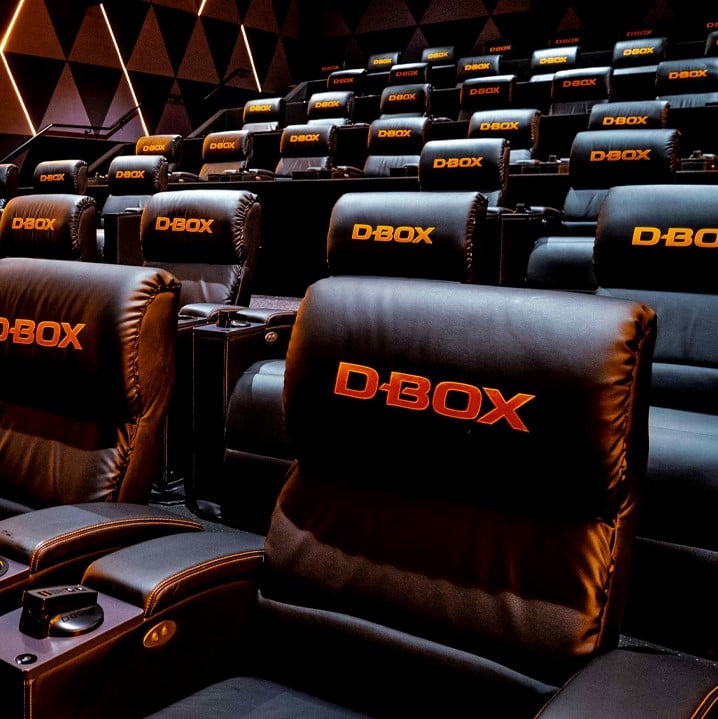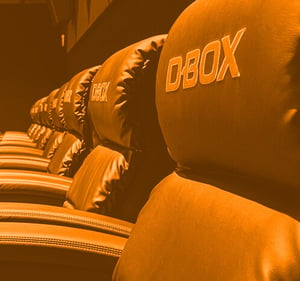All about motion cinema seats and how they work
Motion cinema seats operate in a realm where engineering prowess meet the art of entertainment, and one cannot operate without the other. If the engineering of motion seats for cinemas ignores the artistic aspect of movies, then the experience is impossible to make immersive! Conversely, without the engineering aspect, there can be no motion at all.
Most motion seats work using technology that’s known as haptic technology, which is a type of technology which physically touches users in a way that communicates with them. For example, on a smart phone, when you feel a tugging sensation after holding an application, you’re feeling the smart phone’s haptic motors (the technology) communicating to your brain through touch (the feedback) that you may now move the app around.
Under each seat will lie at least one piece of hardware called an actuator—a type of motion engine—capable of delivering movements (ex: that move the user either forward, back, left, right, up or down), vibrations (rapid yet subtle vibrations, such as feeling an engine vibration in a racing game) and textures (the subtle and smallest details to the user, such as grass or pavement, or any other change in surface texture) to the entire body of the person sitting in it.
However, for these sensations to immerse viewers into the action on-screen, they need to be perfectly synchronized to it—which is why companies who specialize in motion cinema seats, such as D-BOX, employ haptic designers who hand-select each sensation to match not only the content, but the plot and sound of the scene as well. For example, if a character in a Star Wars movie is using the Force, you may not be able to see it—but with haptic feedback, you’ll be able to feel it building thanks to vibrations getting stronger and stronger in your seat.
This type of motion technology allows Hollywood magic to be felt instead of seen!

How motion seats enhance the movie experience
In a world largely dominated by audio and visual movie experiences, motion seats offer moviegoers the opportunity to do something different: it offers them the opportunity to go beyond sight and sound and to be immersed in their movies through physical sensations!
While genres like action and adventure are natural fits for this type of cinema technology, even the subtlest moments in dramas and mysteries gain a new dimension. Imagine the terrifying silence in A Quiet Place being enhanced by vibrations indicating that cold-blooded killers are lurking, just waiting for someone to make a sound. Imagine the fun that goes with swaying alongside catchy tunes in Encanto, and imagine the endless other movie moments made more intense by the characters’ sentiments resonating through the very fabric of your seat!
In the world of motion seats, every genre becomes a playground for heightened enjoyment, transforming the silver screen into a captivating world of immersive sensations. Whether soaring through the cosmos or tiptoeing through a quiet moment of reflection, motion seats prove that the joy of movie-watching can transcend boundaries, making each frame not just a visual masterpiece but a tactile journey through the realms of storytelling.
Customizability in motion cinema seats and versatility in experiences
Just as how people have different tastes in movies, it’s normal that people will have different tastes in motion intensity. This is why one of the defining features of motion seats lies in their customizability, placing the reins of your experience firmly in your hands!

D-BOX's motion cinema seats actually feature in-seat intensity controls, allowing moviegoers to decide for themselves just how much they want to feel. With the controls at your fingertips, you’re in control of your experience—just as it should be!
Be moved by your next movie experience
With the intricate movements of actuators beneath cinema seats, the very essence of what it means to be immersed in a movie has been changed forever. Next time you find yourself debating how you want to experience your next movie, remember that movie magic isn’t meant to be limited to just the screen—it's meant to be an all-encompassing symphony of sights, sounds and sensations, which can all be orchestrated by motion cinema seats.






